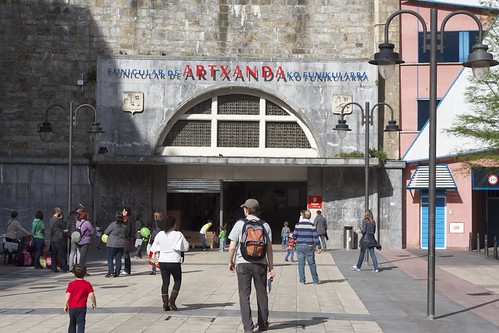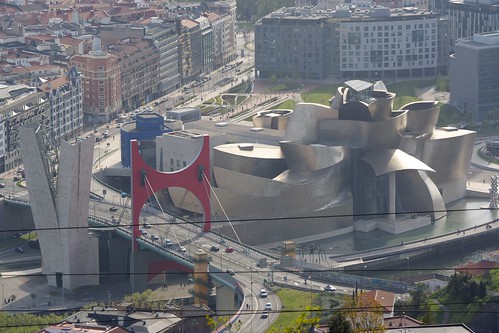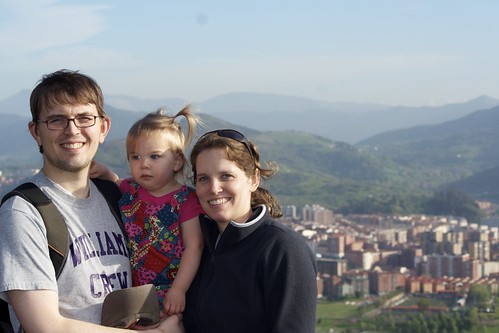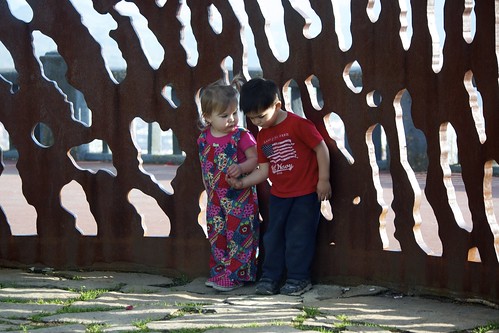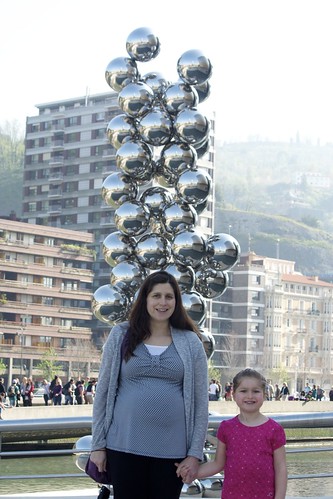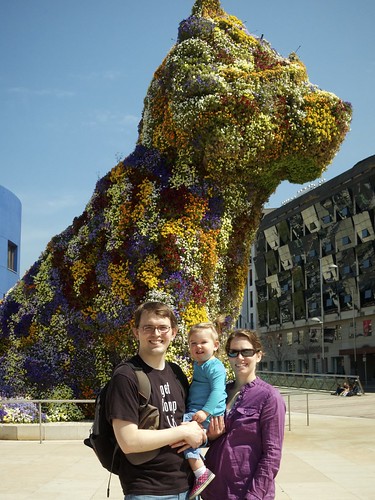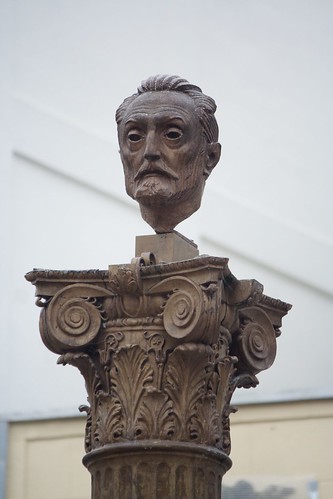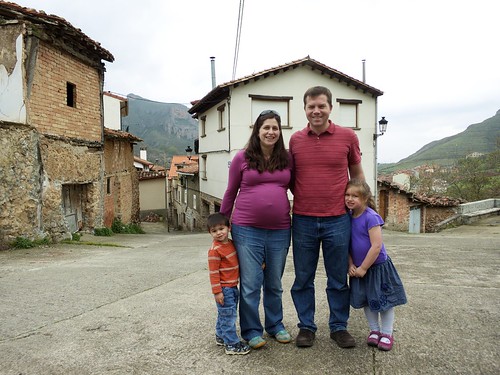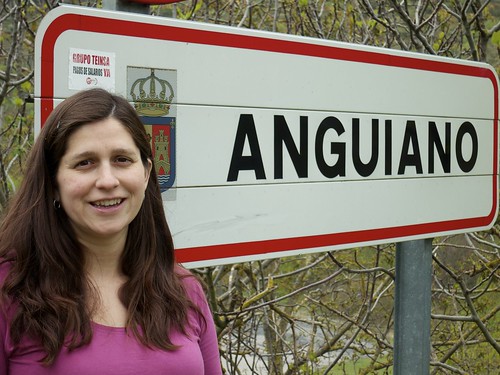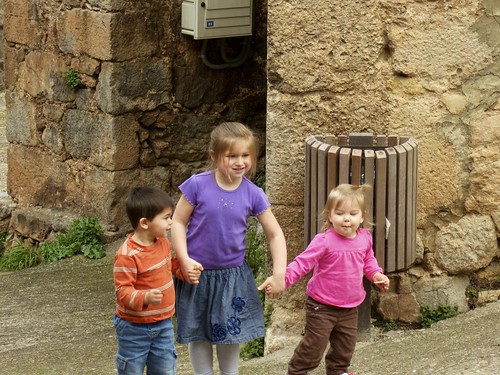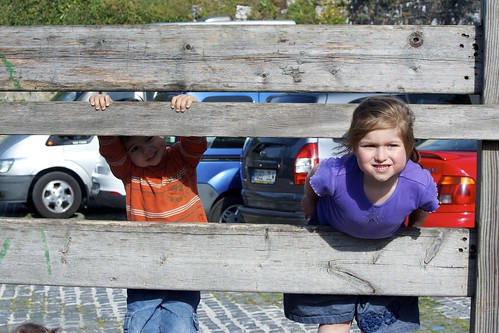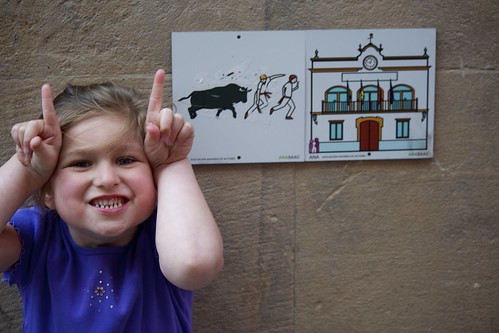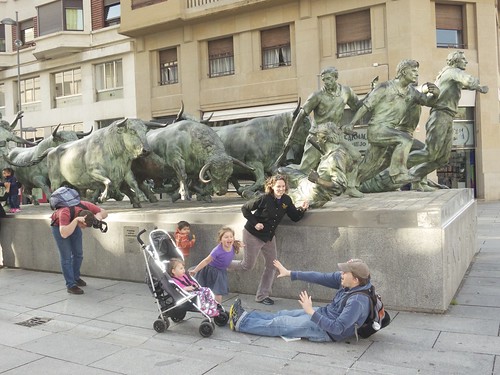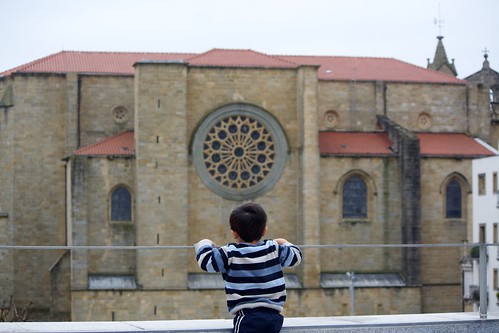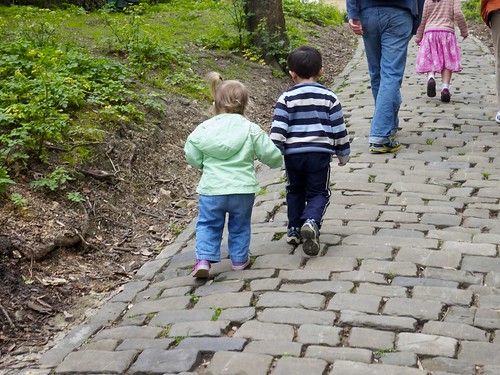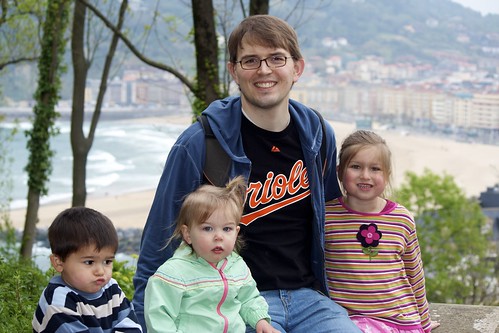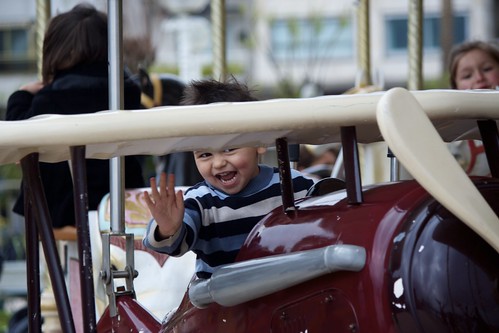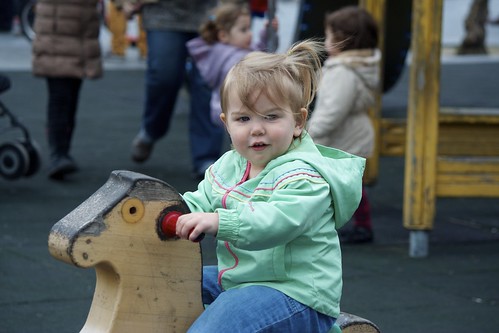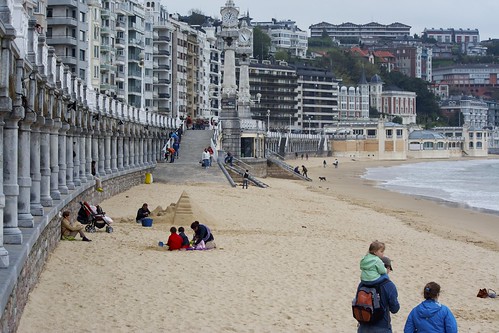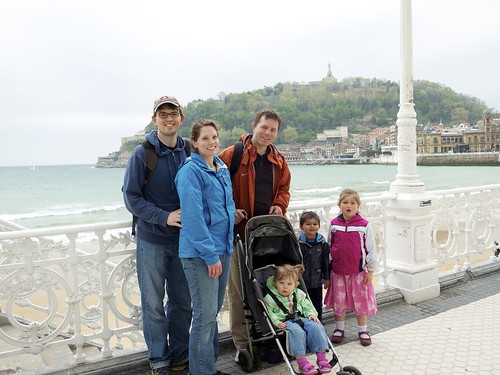The Number Field

Bilbao and the Basque Country January 25, 2015
Mark
After a very early wake up time, followed by a mostly uneventful trip to the airport and reasonably short flight, we found ourselves disembarking into a warm and sunny morning at the Bilbao airport. We eventually got our rental cars sorted out and headed towards the city, although we didn’t make it there on our first attempt: we missed the first major turn without even realizing that anything had gone wrong. That was only the first of a few missteps along the way to our destination, but eventually after a scenic drive though much of the downtown area, we got parking sorted out and found our hotel.
Sam and Leisa had done considerable research in prepartion for the trip (certainly a lot more than Jenny and I had done), so they took the lead and found us a delicious lunch. Then we decided to get some perspective on our surroundings by taking the Artxanda funicular up to the summit of the mountain overlooking the city. The views were really spectacular, but Elena, Roman, and Vera were quickly drawn to the broad green lawns and playground areas. We met an American college student in town for the semester; he was very friendly to us, although he expressed a little bit of disappointment about just how many other American students were doing the same thing that he was. Somehow, we got onto the topic of cycling; it turned out that he was anticipating a multi-day ride following the Camino de Santiago (the Way of Saint James), a famous Christian pilgrimage route. The route traditionally takes pilgrims from the French border through the Basque Country on its way to a cathedral in the caplital of Galicia, where the remains of Saint James are believed to have been laid to rest. Prior to the trip, we had heard of the pilgrimage, but didn’t realize how many times we would notice signs of it during our trip–from plaques engraved with scallop shell designs in city centers marking the way, to backpackers on the side of the road with the same shell emblem prominently displayed on their packs.
I’d like to say that the view from above the city crystallized our plans about what to do, but that wouldn’t be very true. However, it was clear that the Guggenheim museum was the dominant landmark, so perhaps seeing it so prominently did persuade us to make it our first stop the next day. Whenever I look at modern art, I think about the discussion in Goedel, Escher, Bach about the difference between the music of J.S. Bach and John Cage; how Bach’s music has a great deal of internal structure that makes it likely that an alien civilization would appreciate it, even if they knew nothing else about us, but the works of Cage can only be approached in the context of our entire civilization. What’s so interesting is that the Guggenheim building itself, while certainly very modern, is the kind of achievement that would fall into the first (Bach-like) category, while so much of what is on display inside would fall into the second.
In that context, I really liked the three works of Jose Manuel Ballester which answer the question “what happens when you remove the people from famous works of art?” I was not familiar with any of the three originals, although we did have the good fortune to see the original Raft of the Medusa at the Louvre later in the year. I thought it was an interesting idea with expert execution. Although I was impressed by the execution of “The Matter of Time,” a large permanent exhibition composed of giant sheets of curved metal, its central idea underwhelmed me, probably because it was all based on the relatively simple mathematics of quadratic surfaces, but the quotes from the artist made it seem like this was some revolutionary discovery.
Without a doubt, the most problematic exhibition for me was Ernesto Neto’s “the body that carries me,” several rooms full of elaborate installations made out of rugs, fabric, nets, and all sorts of things. The difficulty was that you were allowed to touch and walk on some parts, but expressly prohbited from coming close to other parts, even though they all looked very similar, especially (I’m sure) to a two year old like Roman. It took every ounce of my concentration just to try to keep him away from the things he wasn’t supposed to touch, and in that one brief second when I tried to contemplate the art, he went ahead and kicked the thing that we were definitely not supposed to touch! Art means different things to different people, but by the end of that exhibition, I was asking lots of existential questions, like “what are we doing here?” and “why did we ever think it was a good idea to have children?” and “is this really art?”
Thankfully, we filled that afternoon with a slightly more relaxed activity—a walk through the old part of town, the main goal of which was to find a monument to the philosopher and writer Unamuno, a native of Bilbao. Leisa and Sam explained that one of Unamuno’s greatest works is a novel about a man who realizes that he is a character in a story, and pulls the author (Unamuno) into the story itself to have a conversation. This type of conceit has featured prominently in two recent movies: Stranger than Fiction, and The Lego Movie, and was also a theme of the aforementioned Goedel, Escher, Bach, so perhaps my thoughts came full circle during our stay in Bilbao.
The following day, we took to the road, looking for a location that Jenny had wanted to visit for a very long time: the town of Anguiano, which is her family name, although even after visiting we are still not sure whether name actually originated with the town, or if its origins lie elsewhere. The drive through the countryside was beuatiful, although it probably looks even better in the late summer when the fields are in bloom. As we headed out of the vineyard region and towards some of the mountains of the Iberian System, we started to see signs for Anguiano, which really played to Jenny’s strengths, given how much she likes to take pictures of signs.
Anguiano itself is a picturesque little town, built right into the sides of the steep hills. We had no idea where to go, where to park, and so we drove down the little alleys that passed for streets, fearing for our side view mirrors all along, until we finally found a tiny little square in front of the medieval church, which had a nice historical information plaque. At lunch time, when we arrived, it seemed almost abandoned; the main noise was the sound of cowbells in the distance, and practically the only person we saw was an old lady taking her garbage to the dumpster. Sam tried to say hello to her, but it was immediately clear that she wanted nothing to do with us. We took a chance and left the cars parked while we walked up the hill to the outskirts of the inhabited areas for some pictures. Anguiano is known for a stilt-walking festival, possibly even a downhill race on stilts; without any good basis, we speculated that it might start in the place where we were standing. If that did happen to be the case, the race must be terrifying for participants and spectators alike. We returned to the cars and, since it would have been impossible to turn around, kept going forward until we found a way back to the main road, where we found some more posters about the town, but still almost no people. We couldn’t even figure out if there was a restaurant or corner store that was open, even though Google Maps claims to show something. And so, after we had taken more pictures with the Anugiano sign, we continued our journey.
Our next destination was Pamplona, famously home of the running of the bulls. We only had a few hours to spend there, so we didn’t overthink our visit, and explored the town until we found the the starting pen for the running of the bulls, then followed the marked route all the way to the bullfighting arena. Even though we only ran the first little bit of it, Elena and Roman had a fun time pretending to be ferocious bulls. We all had a fun time stopping for ice cream cones along the way.
Soon enough, it was time to hit the road again and head north to San Sebastian. As day faded to night, things were going well, until all of a sudden we made a wrong turn and got ourselves into a very tricky situation. We should have just turned on the data for one of our phones and let the GPS guide us in, but I am irrationally opposed to paying for roaming data, and took us on a very circuitous route to our lodging, which was located off a back road in the middle of a secluded park. It’s a minor miracle that we got there at all, even with my foolish stubborness. We were not impressed by the accomodations—we knew it was a hostel when we booked it, but we had hoped that the family accomodations were a more pleasant than the standard issue bunk beds. They weren’t. They didn’t even provide us with the towels that they should have, ostensibly because they hadn’t done laundry after a large group had checked out that morning. That was not what we wanted to hear at the end of a very long day, but we didn’t have any other choice, so we made do with the arrangements.
In San Sebastian, we took to the streets again. As we were planning this trip, I think Jenny’s worst fear was that we would be walking long distances day in and day out, and that’s exactly what we did. I can’t believe that she went along with it, but somehow she had the strength to climb Urgull, a hill towering over the coastline, which has long served as a fortress and a defense for the city, and now has a giant statue of Jesus at its apex. It was a nice walk, and we learned some interesting history, but Elena, Roman, and Vera just wanted to get back down to sea level and play at the beach. The descent took longer than we expected, but we rewarded ourselves with a delicious lunch of local dishes, including several different selections from the pintxos. On our way to the beach from the lively restaurant section of town, we found a live dance festival in the town square, right next to the carousel that Elena and Roman successfully petitioned to take a ride on. And then it was off to the beach. There were only a few people brave enough to venture into the cool waters, mostly a class of wetsuit-clad people learning to do standup paddleboarding, but Elena and Roman happily stripped down to their skivvies and waded right in, with Vera not far behind. They played until they were tired and cold, then we rushed them off to the warm cars and headed back to Bilbao.
We said goodbye to Leisa and Sam that evening, since they had an early morning flight the next day. It was a wonderful, fun-filled trip, and we were sad to see them go. Even though I haven’t mentioned it much here, Elena and Roman had a great time getting to know and play with their cousin Vera, and talked about her frequently for quite some time after the trip.
